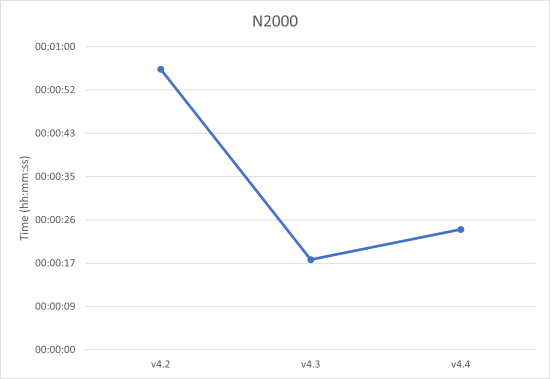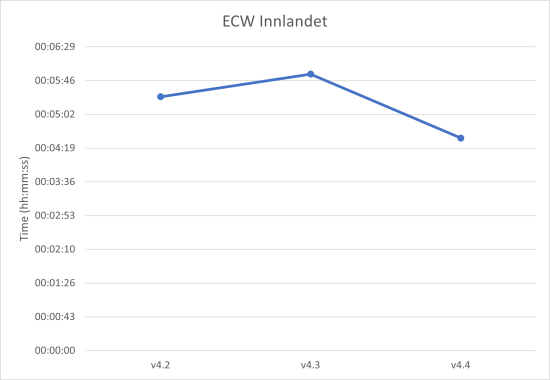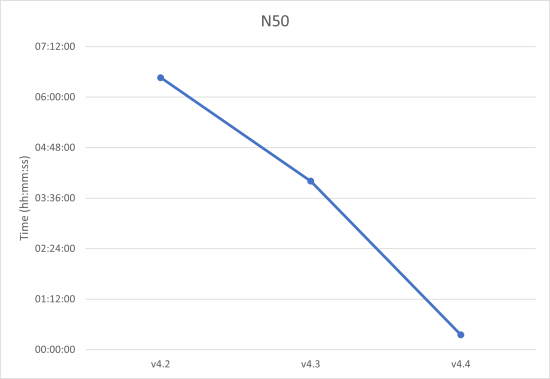Maria Map Maker raster import benchmark: Difference between revisions
Jump to navigation
Jump to search
No edit summary |
No edit summary |
||
| Line 38: | Line 38: | ||
== Results == | == Results == | ||
The results show that there is a small increase in performance for single-file datasets. For large datasets consisting of a large number of files, the | The results show that there is a small increase in performance for single-file datasets. For large datasets consisting of a large number of files, the decrease in processing time is around 900%. | ||
[[File:M3_rasterimport_benchmark_N2000.png|frameless|550x550px]] | [[File:M3_rasterimport_benchmark_N2000.png|frameless|550x550px]] | ||
Revision as of 13:31, 18 October 2022
The following benchmarks was perfomed to indicate the decrease in processing time for raster import in Maria Map Maker. We have used three different raster datasets on three different versions of M3.
System
- Windows Server 2019
- Intel Core i9-10900 (10 cores, 20 logical processors)
- 128 GB RAM
- 2 TB NVMe disk
- On Maria Map Maker v4.4, the new parameter CPU use was set to use 15 logical processors
Input datasets
| Name | Format | No. files | File size | Pixel size |
|---|---|---|---|---|
| N2000 | GeoTIFF | 1 | 48 MB | 80 m |
| ECW Innlandet | ECW | 1 | 1440 MB | 0.25 m |
| N50 | GeoTIFF | 1335 | 16.6 GB | 2.5 m |
Results
The results show that there is a small increase in performance for single-file datasets. For large datasets consisting of a large number of files, the decrease in processing time is around 900%.


